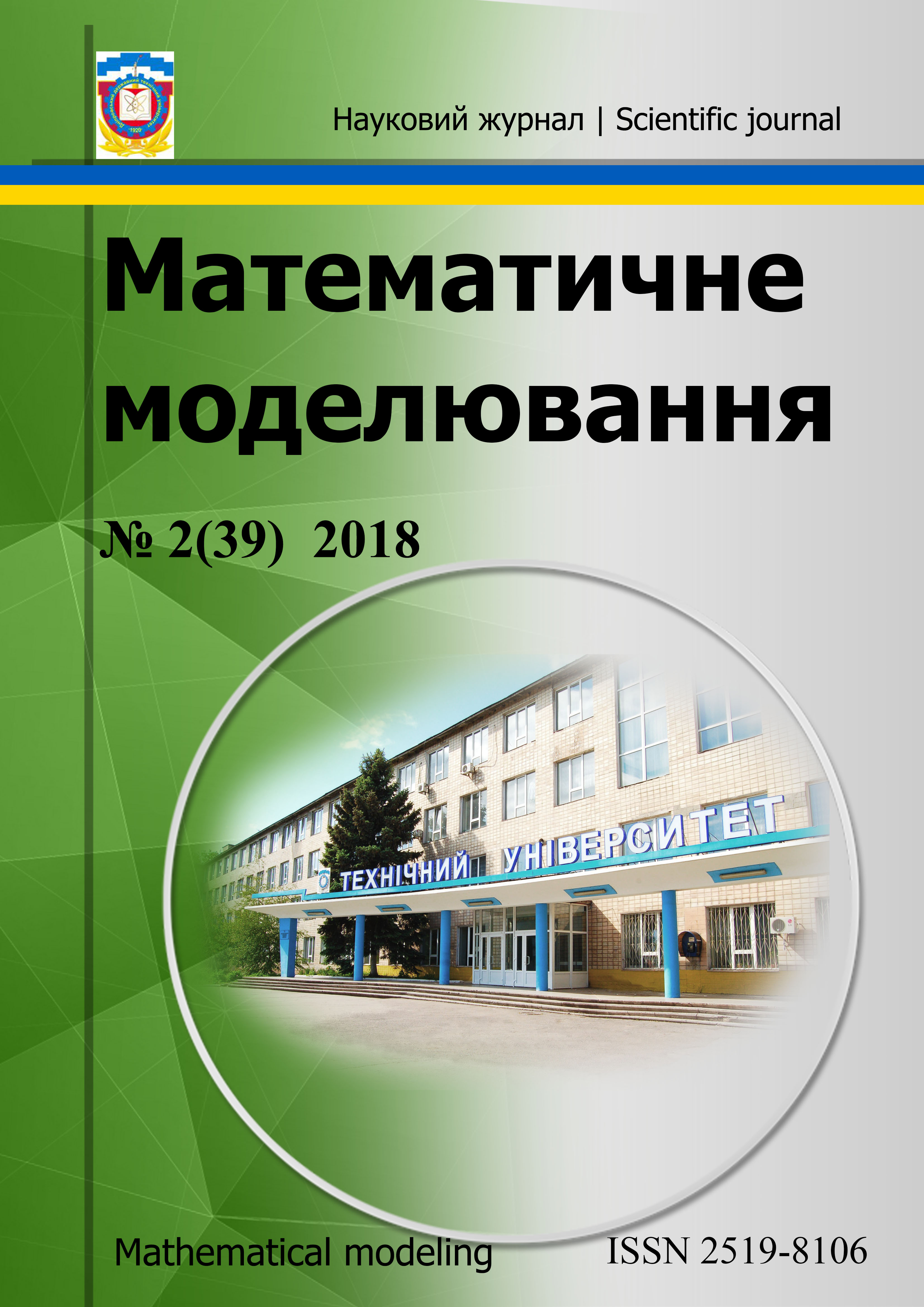COMPUTER METHODS FOR COMPILING AN ENTRY OF EXPLANATORY COMBINATORIAL DICTIONARY BELONGING TO "MEANING↔TEXT" THEORY WITHIN THE TASK OF TEXT AUTOMATIC GENERATION
DOI:
https://doi.org/10.31319/2519-8106.2(39)2018.154196Ключові слова:
Computer linguistics, quasi-abstracting, «Meaning-text» theoryАнотація
The objective of this article is developing a new computer model of explanatory combinatorial dictionary for intellectual systems of text generation based on Meaning-text theory (MTT) and solving problems of model software implementation by means of mathematical and algorithmic description of article paragraphs and preliminary formation and preparation of knowledge bases aimed at improving system adaptivity. Researches of theoretical insights into the issue of NL description as well as researches of existing software text generation facilities were performed. Assessment of considered methods was performed and choice of these methods was grounded taking into account their applicability to solving the matter of text generation. On the basis of the research results the most appropriate theory of language formal description was chosen. Main disadvantages of the selected theory were defined for developing applicable software systems of scientific text generation. With a help of statistical analysis methods and instruments of artificial intelligence and algorithm of solving theory scientific problems in the context of forming question-and-answer system of automatic text synthesis.Посилання
Mel'chuk A. Exact Methods in Linguistic Research / Mel'chuk A. // Journal of Linguistics – Los Angeles: University of California Press, 1963. – 184 p.
Chomsky N. Human Language and Other Semiotic Systems / Chomsky N. // Semiotica, Volume 25, Issue 1–2, p. 31–44.
N.N. Leontyeva. Semantic Dictionary for Text Understanding and Summarization /N.N. Leontyeva // International Journal of Translation. New Dehli. 2003. – 107–114. p.
I.A. Bolshakov. The Meaning ↔ Text Model: Thirty Years After./I.A. Bolshakov, A.F. Gelbukh // J. International Forum on Information and Documentation, N 1, Mexico City, 2000.
Апресян Ю.Д.Лингвистическое обеспечение системы ЭТАП-2/Апресян Ю.Д. Богуславский И.М., Иомдин Л.Л. // М., Наука, 1989, 295 с.
Гурин Н.И. Семантическая сеть электронного учебника для диалога с виртуальным преподавателем / Гурин Н. И., Жук Я. А.//Материалы международной научно-технической интернет конференции "Информационные технологии в образовании, науке и производстве" // Белорусский государственный технологический университет, Минск, 2015.
F. Lehmann. Semantic networks / Computers & Mathematics with Applications, Issues 2–5 – Great Britain, p. 1–50.
S. Grünewald QNet: an agglomerative method for the construction of phylogenetic networks from weighted quartets/ Published by Oxford University Press – 27 p.
P. Wojtinnek. Building semantic networks from plain text and wikipedia with application to semantic relatedness and noun compound paraphrasing // International Journal of Semantic Computing, 2012, p. 59–64.
##submission.downloads##
Опубліковано
Номер
Розділ
Ліцензія
Автори, які публікуються у цьому журналі, погоджуються з наступними умовами:
a. Автори залишають за собою право на авторство своєї роботи та передають журналу право першої публікації цієї роботи на умовах ліцензії Creative Commons Attribution License, котра дозволяє іншим особам вільно розповсюджувати опубліковану роботу з обов'язковим посиланням на авторів оригінальної роботи та першу публікацію роботи у цьому журналі.
b. Автори мають право укладати самостійні додаткові угоди щодо неексклюзивного розповсюдження роботи у тому вигляді, в якому вона була опублікована цим журналом (наприклад, розміщувати роботу в електронному сховищі установи або публікувати у складі монографії), за умови збереження посилання на першу публікацію роботи у цьому журналі.
c. Політика журналу дозволяє і заохочує розміщення авторами в мережі Інтернет (наприклад, у сховищах установ або на особистих веб-сайтах) рукопису роботи, як до подання цього рукопису до редакції, так і під час його редакційного опрацювання, оскільки це сприяє виникненню продуктивної наукової дискусії та позитивно позначається на оперативності та динаміці цитування опублікованої роботи (див. The Effect of Open Access).

